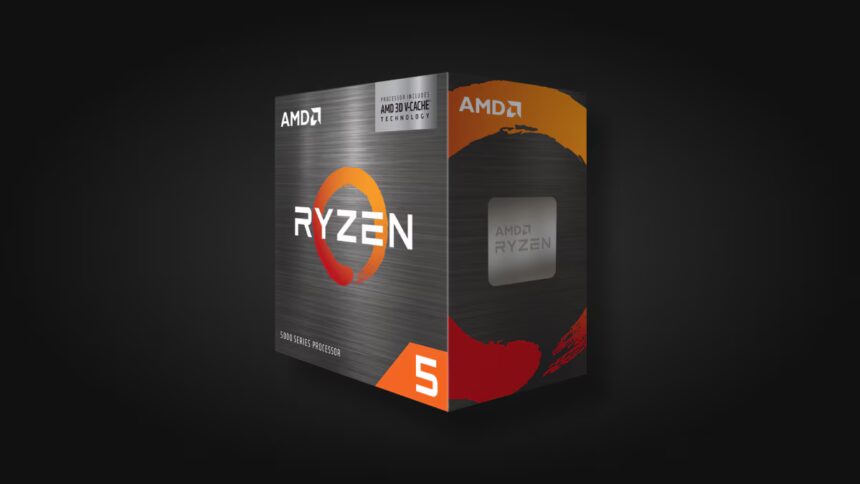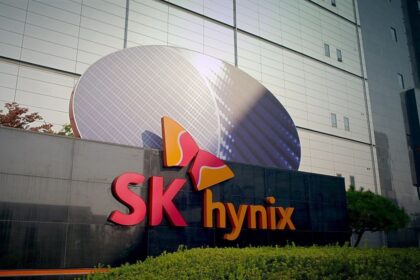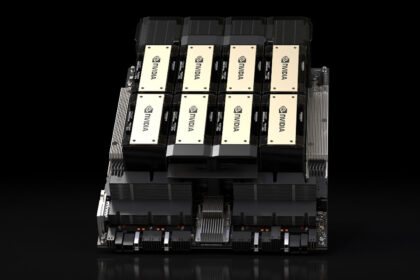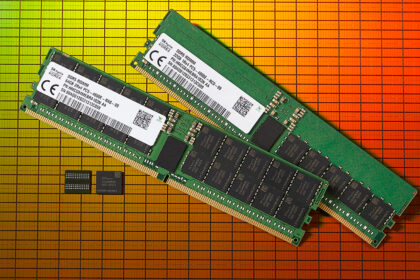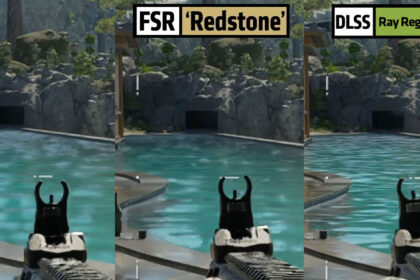AMD quietly rolled out the Ryzen 5 5500X3D a few months back, but the chip hasn’t made much noise outside of Latin America—the only region where it’s officially available. Marketed as a budget-friendly option, it takes the standard Ryzen 5 5500 and supercharges it with 3D V-Cache, giving it a clear edge in games.
What’s interesting, though, is that fresh benchmarks show it’s not just about frame rates: the 5500X3D also performs surprisingly well in productivity workloads, making it a more balanced CPU than expected.
The chip just surfaced on Geekbench for the first time, spotted by leaker Gray. In single-core tests, the 5500X3D scored 1,932 points, roughly in line with the regular 5500. The bigger jump comes in multi-core performance, where it was about 12% faster than its non-X3D sibling. Since the database only lists one run for the 5500X3D, the comparison was made against the highest-scoring Linux result for the 5500, keeping the matchup fair.
https://t.co/aHm2PhQ8HG pic.twitter.com/OaySWB3naE
— Gray (@Olrak29_) August 23, 2025
The test system used an Asus TUF Gaming B550M-Plus WiFi II motherboard paired with 32GB of RAM—suggesting this wasn’t an OEM system but likely a home build. On paper, the CPU packs 6 cores and 12 threads, with a 3.0 GHz base and up to 4.0 GHz boost.
Interestingly, Geekbench logs show it reaching nearly 4.3 GHz, hinting that clocks may have been tweaked, since Ryzen 5000X3D chips ship with locked multipliers. The chip also carries a 105W TDP, higher than the standard 5500’s 65W.
The big differentiator, of course, is cache. AMD bumped the L3 cache from 16MB on the 5500 all the way to 96MB here, thanks to its 3D V-Cache tech. That’s a huge deal because the cut-down cache was always the weak point of the original 5500—it was essentially a pared-back 5600 with half the memory, making it a tough sell for gamers.
By restoring the cache in the 5500X3D, AMD essentially corrected that weakness, creating the chip the 5500 arguably should’ve been all along. It’s very close in spirit to the 5600X3D, the main difference being higher clocks on the latter.
This isn’t the first productivity test where the 5500X3D has made an appearance. On PassMark, it trailed the 5600X3D by about 6% in multi-core workloads but still pulled ahead of the plain 5500 by a similar margin. Single-core scores, however, stayed almost identical.
All things considered, the 5500X3D looks like a solid all-rounder. The only sticking point is price. At an inferred tag of around $185, it feels steep for markets like the US or Europe, where faster options are available for just a little more money. But in Latin America, where pricing sensitivity is high and options are limited, the 5500X3D makes a lot more sense—and that’s exactly why AMD kept it regional.

